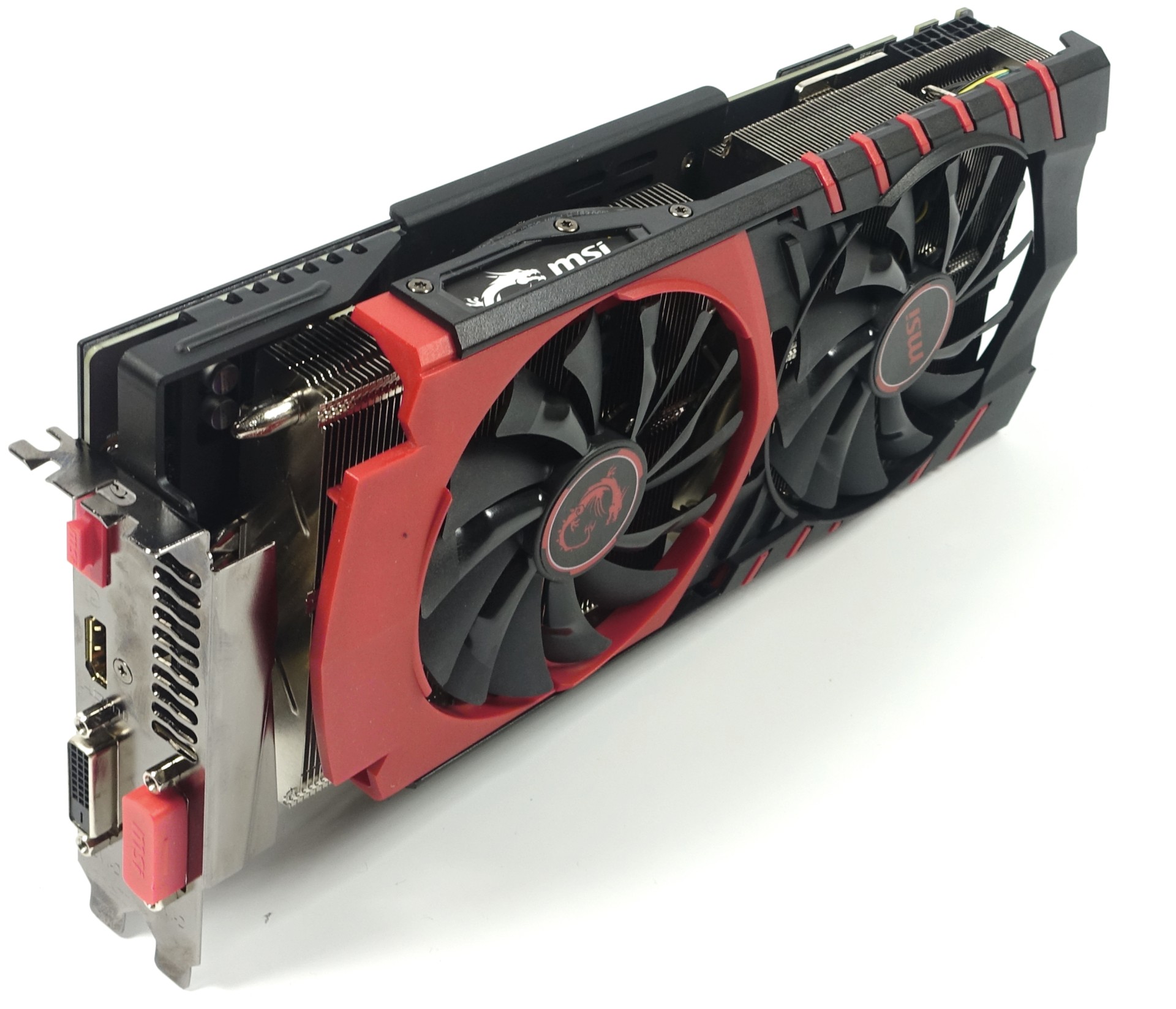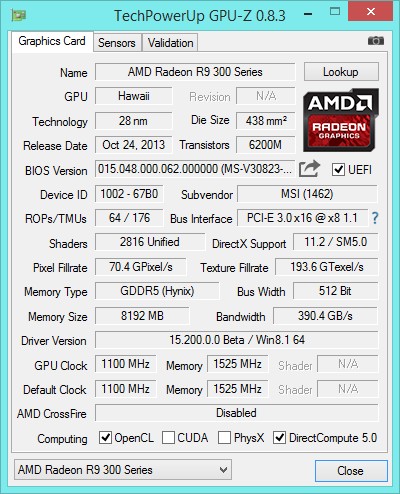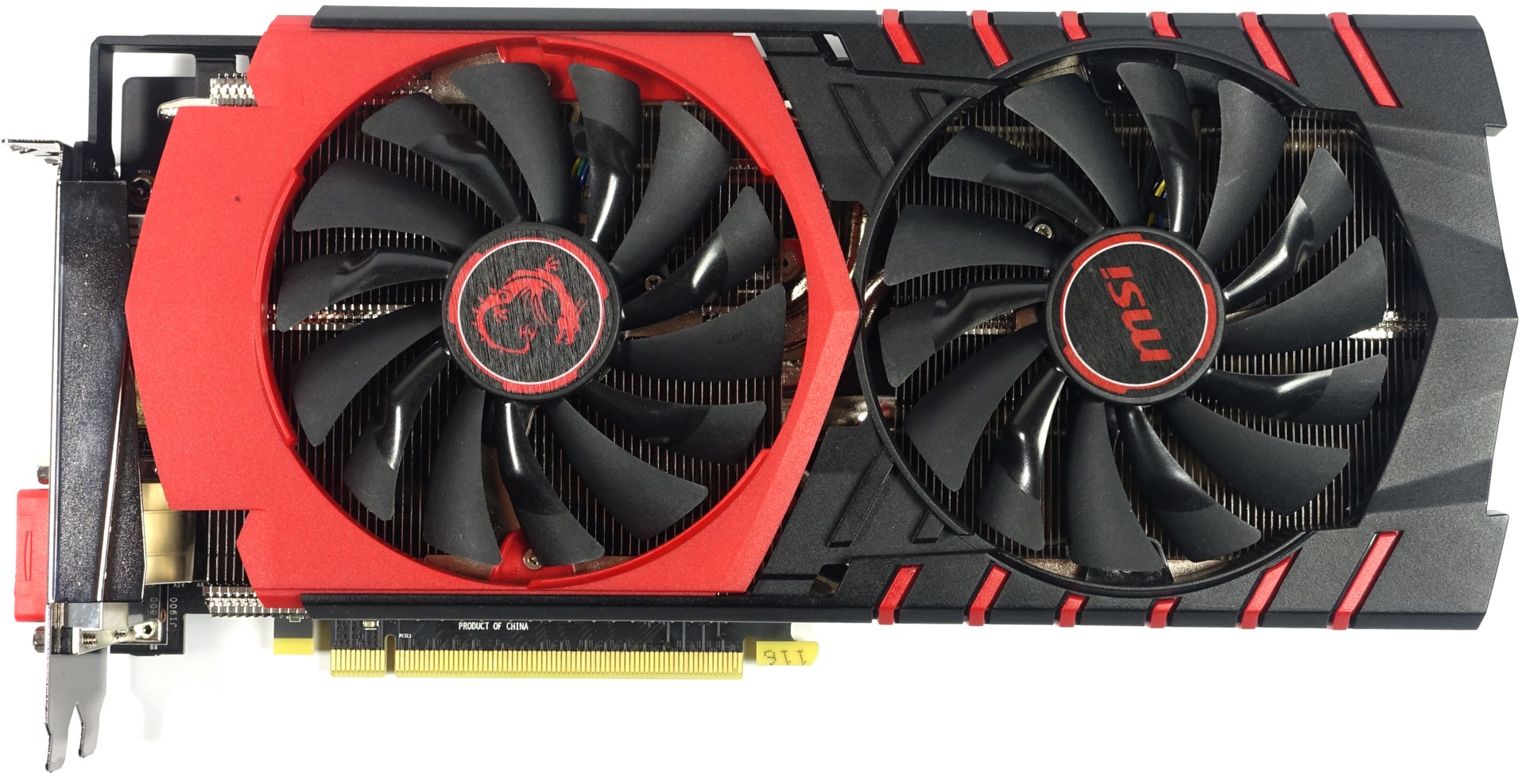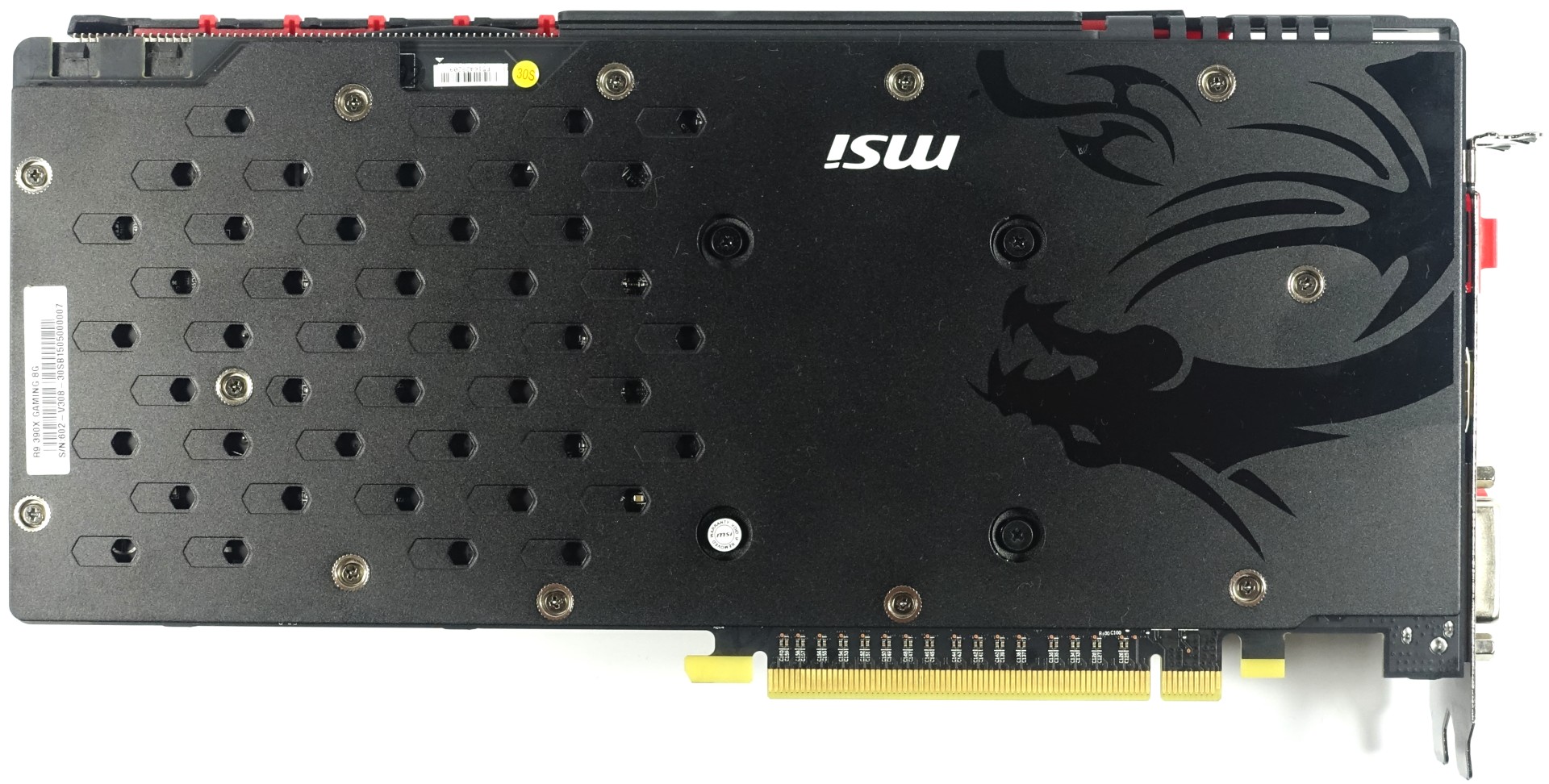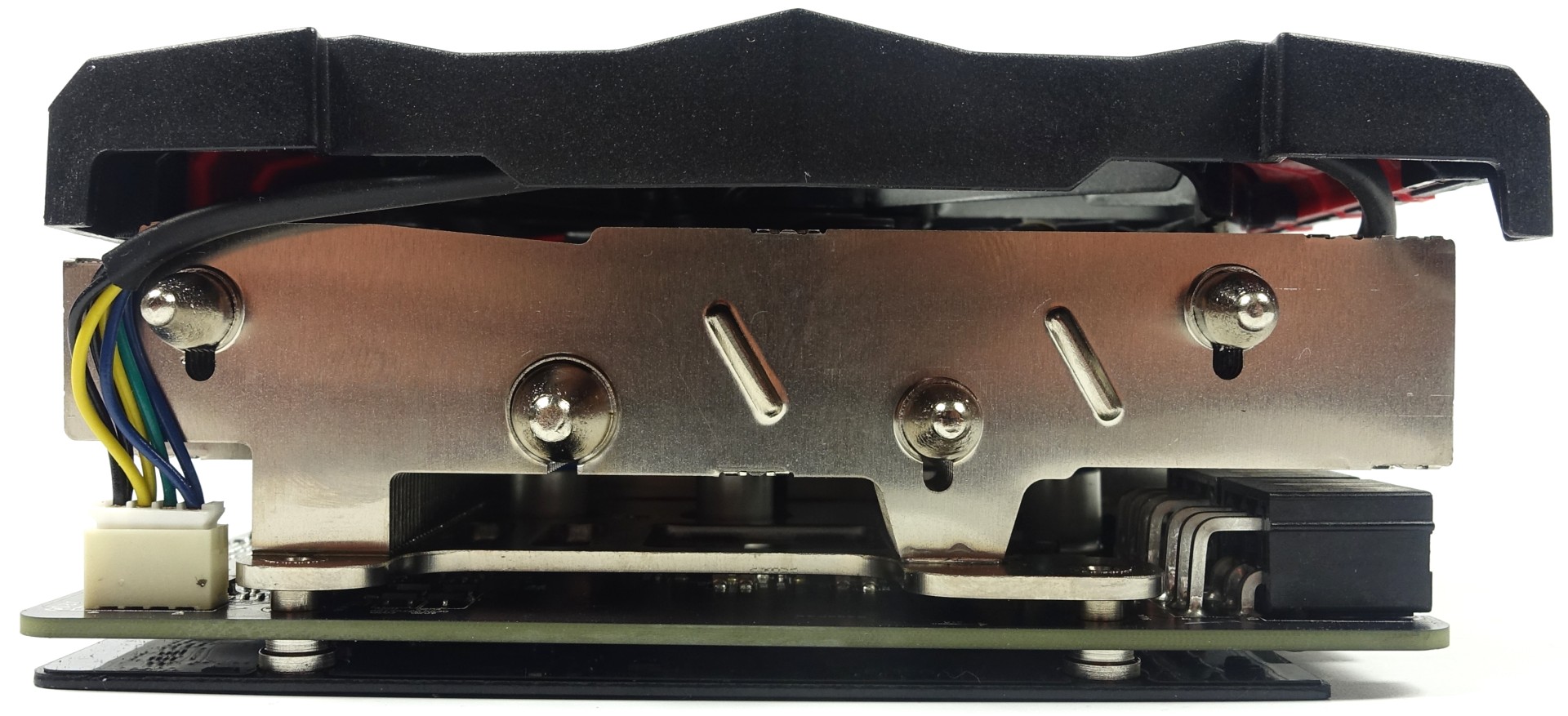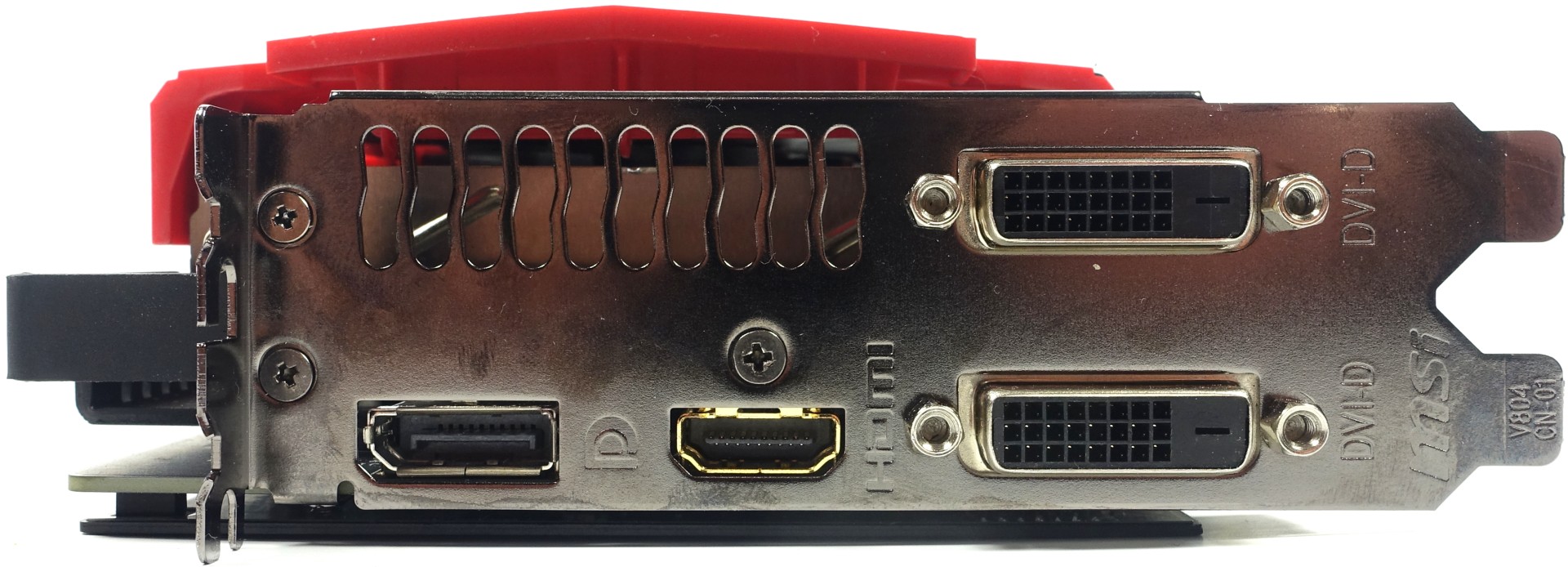AMD Radeon R9 390X, R9 380 And R7 370 Tested
AMD's 300-series Radeons dropped today, and we've got three MSI cards in the lab: the R9 390X Gaming 8G, the R9 380 Gaming 2G and the R7 370 Gaming 2G.
MSI R9 390X Gaming 8G
Let’s first take a look at the current flagship, AMD’s Radeon R9 390X. In the end, this is just a 290X overclocked to 1100MHz from the factory; it should have all the limitations that come with such a configuration. In fact, we opted against our own overclocking analysis due to the very small margin that’s left for enthusiasts to exploit. The stock GPU frequency is only 50MHz under the highest stable overclock we’ve been able to achieve with AMD’s Radeon R9 290X models.
The MSI R9 390X Gaming 8G’s memory is overclocked to 1525MHz, which is a much more significant jump from the 290X reference model’s 1250MHz. Again, this doesn’t leave much room for pushing clock rates higher.
| MSI R9 390X Gaming 8G | |
|---|---|
| GPU Clock Frequency: | Stock: 1100 MHzMaximum Stable OC: 1175 MHz |
| Memory Clock Frequency: | Stock: 1525 MHzMaximum Stable OC: 1550 MHz |
| Cooler: | Zero Frozr, Two Fans (94mm Fan Blades)1x 8mm Heat Pipe + 4x 6mm Heat Pipe (Nickel-Plated)Vertical Fins, Two Axial Fans, Semi-Passive OperationBlack Back Plate with Small Openings without Cooling Functionality |
| Connectors: | 2x DVI-D (No Analog Signal!), 1x HDMI, 1x DisplayPort |
| Power Supply: | 1x 8-Pin + 1x 6-Pin PCIe |
| Measured Power Consumption: | 14W (Idle)293W (Gaming)364W (Stress Test) |
| Installed Dimensions (L x H x D): | 27.5 x 12.5 x 4.6cm + 0.5cm Back PlateRequires Three Slots |
| Weight: | 1218g |
| MSRP: | Unknown |
The data provided by GPU-Z isn’t surprising. We’re glad to see that the memory is no longer supplied by Elpida, which has proven problematic in the past. Instead, AMD is using faster memory modules by Hynix.
For a graphics card that can peak at more than 360W, and then needs to get rid of its waste heat, the included Zero Frozr cooler does a surprisingly good job. MSI is doing what it can to make this card a viable option. It’s certainly not the board partners’ fault that AMD is pushing its Hawaii GPU so far beyond its sweet spot of approximately 180W. The added performance comes at the price of lower efficiency.
The new cooler is really not that different from the one we know from MSI’s R9 290X Gaming 4G. It’s a proven design featuring a central 8mm heat pipe, four other 6mm heat pipes located on the side and a massive heat sink. The back plate attached to the card is just there for eye candy and to stabilize the PCB. It doesn’t have any thermal pads, and consequently can’t do any cooling.
Taking a look at the bottom of the graphics card, we see that the VRM is being cooled by the card’s thermal solution. This is a great design decision, since the big heat sink is more effective than smaller stick-on sinks reliant on airflow through the card. This also helps cool the voltage converters when the fan is turned off at idle or very low loads.
The 8- and 6-pin power connectors are a familiar sight; we know them from AMD’s Radeon R9 290X. However, the 300W these should provide, together with the PCIe slot’s 75W, are reached during average gaming loads and far surpassed during a more demanding stress test. So long as you have a decent power supply with better-than 20 AWG wiring, you shouldn’t have to worry. Our figures might be borderline, but they’re certainly not dangerous.
Get Tom's Hardware's best news and in-depth reviews, straight to your inbox.
MSI’s card uses vertical cooling fins, which direct airflow in the direction of the motherboard and chassis’ side wall. This certainly isn’t great for the motherboard, but it’s probably the only way to deal with this much waste heat. The cooler’s body, which is divided into two parts, operates at the limit of what’s bearable when it comes to operating noise.
We haven’t been able to locate a switch for a dual-BIOS setup, which means that the stock firmware is the only one we get to play with. Display outputs are limited such that there’s no analog signal to be found any more. The two exclusively digital DVI-D connectors are joined by an HDMI and a DisplayPort connector.

Igor Wallossek wrote a wide variety of hardware articles for Tom's Hardware, with a strong focus on technical analysis and in-depth reviews. His contributions have spanned a broad spectrum of PC components, including GPUs, CPUs, workstations, and PC builds. His insightful articles provide readers with detailed knowledge to make informed decisions in the ever-evolving tech landscape
-
Grognak 390X at 4K is the only one showing anything that could be called an improvement and that's entirely due to the additional RAM, which you can already get on a 290X. I fear for the future.Reply -
envy14tpe Again I am left disappointed....AMD please stop doing this to me. So what I learned is the 390X is the same as the 290X at 1440p or below (which is 95% or more of gamers) and the 390X only excels at 4k but still only on par with the 980 (non ti). Looks like I'm abandoning AMD for my next GPU. damn it.Reply -
FormatC ReplyWhy did you ignore 390?
I can only test what I have. Too less samples :(
The 390X is'nt a bad card per se - it depends a lot at the price and your personal preferences. -
fudoka711 Wait, I think I'm misunderstanding something. Is the 390x a rebranding of the 290x, but costing $100 more??Reply -
HideOut ReplyNice to see 980 Ti still stomps everything, glad I bought one... a wise investment!
These are rebadge cards, their new cards are due out in days. Fanboy -
de5_Roy MSI R9 390X Gaming 8G's texture fillrate in the spec table (1st page) may have been incorrect. the gpu-z screeny shows 193.6 GTexels/sec.Reply
